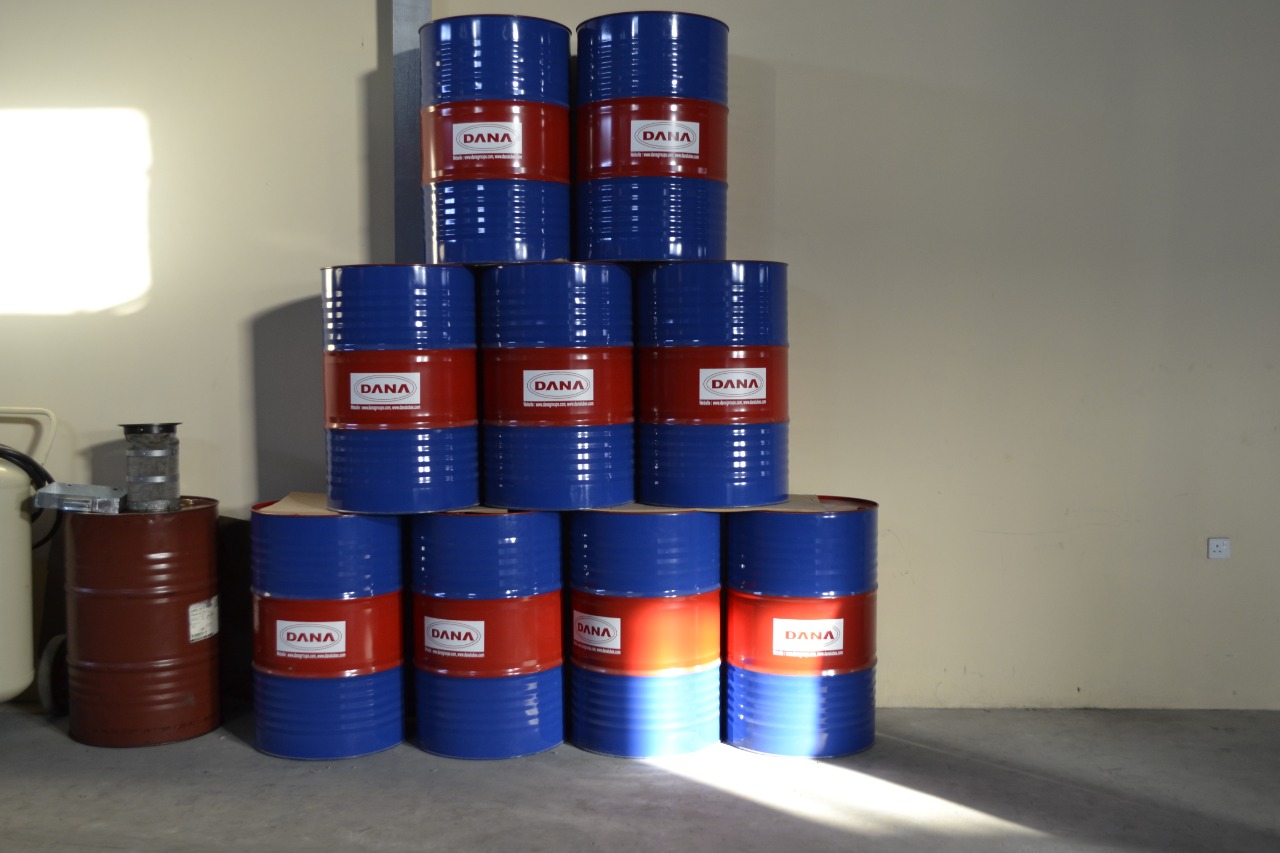Why Dielectric Transformer Oil Matters: Key Attributes and Maintenance Tips
The importance of dielectric transformer oil expands past mere capability, playing a pivotal duty in both the insulation and cooling of electric transformers. Its special homes, such as high dielectric stamina and chemical security, contribute to functional effectiveness and safety. However, the upkeep of these oils is similarly vital to stop concerns that may endanger transformer performance. Understanding the vital attributes and finest practices for maintenance is important for ensuring durability and reliability. As we discover these elements better, the implications for transformer health and wellness and functional efficiency ended up being significantly apparent.
Relevance of Dielectric Transformer Oil
Dielectric transformer oil plays an essential function in the effective procedure of electric transformers, as it is continually used as both an insulator and a coolant. Its shielding homes stop electric discharges and arcing, which are essential to keeping the honesty of transformer components. By effectively separating conductive components, dielectric oil boosts the safety and reliability of the transformer, thereby extending its functional life-span.
In enhancement to its shielding abilities, dielectric transformer oil acts as a coolant, taking in and dissipating heat generated during the electric makeover procedure. This thermal administration is necessary to avoid overheating, which can lead to devices failure and expensive downtime. The oil circulates within the transformer, successfully moving warmth away from vital areas, therefore making sure ideal performance.
Key Features of Dielectric Oil
The effectiveness of dielectric transformer oil is greatly identified by its key features, that include high dielectric toughness, thermal conductivity, and chemical stability. High dielectric stamina is crucial as it enables the oil to hold up against considerable voltage degrees without damaging down, thus protecting against electrical arcing and making sure secure operation of the transformer. This characteristic is essential for maintaining the dependability of electric systems.
Thermal conductivity is an additional important feature of dielectric oil. It promotes efficient heat dissipation from transformer elements, lessening the threat of overheating and prolonging the life expectancy of the tools (dielectric transformer oil). Efficient thermal monitoring is critical in maintaining optimal operating temperatures, which directly influences performance
Chemical stability is equally crucial, as it guarantees that the oil does not break down or respond negatively with products within the transformer with time. This security aids keep the oil's shielding properties and prevents the formation of harmful sludge or deposits that can impair functionality.
Additionally, reduced thickness at running temperature levels enables for much better flow within the transformer, boosting both cooling down and insulation. Together, these key characteristics make sure that dielectric transformer oil does effectively, supporting the total efficiency and integrity of electric systems.
Benefits of Using Dielectric Oil

Furthermore, dielectric oil functions as a reliable coolant, dissipating warmth generated during transformer operation. This temperature policy is necessary for protecting against overheating, which can lead to tools failure or reduced lifespan. The oil's thermal buildings add to optimum functional problems, making it possible for transformers to operate at their ideal.
An additional substantial benefit is the oil's chemical security and resistance to oxidation. These properties reduce the development of sludge and various other destruction by-products, consequently lessening maintenance needs and extending the periods in between oil modifications. Moreover, dielectric oil gives exceptional wetness absorption capacities, which shield the transformer from the destructive results of water access.
Upkeep Finest Practices

Additionally, maintaining the this hyperlink transformer's temperature within specified limits is vital. Elevated temperatures can increase oil destruction, detrimentally influencing its dielectric properties. Executing a temperature level surveillance system can help in keeping ideal conditions.
Additionally, guaranteeing proper ventilation and cooling of the transformer unit decreases the danger of getting too hot. It is also vital to keep the transformer without debris and impurities that might jeopardize its performance.
Performing regular visual examinations for leaks, deterioration, or indications of wear on gaskets and seals is one more ideal technique. Any type of abnormalities must be addressed without delay to avoid oil contamination and maintain system stability.
Lastly, developing an upkeep routine that consists of oil Home Page replacement or therapy can enhance the lifespan of dielectric oil, guaranteeing it remains to execute efficiently. By taking on these maintenance finest practices, operators can maximize transformer performance and reduce unintended downtime.
Usual Problems and Solutions
Transformers making use of dielectric oil can encounter a number of usual issues that may influence their performance and reliability. One famous concern is the degradation of the oil because of thermal stress and anxiety, which can result in lowered dielectric strength and boosted threat of arcing. Regular tracking of the oil's temperature level and applying cooling solutions can reduce this issue.
An additional problem is moisture ingress, which can compromise the shielding residential properties of the oil. This can be resolved through regular testing for water content and utilizing desiccants or vacuum dehydration processes to eliminate wetness.
Furthermore, the development of sludge as a result of oxidation can block regular procedure. This can be settled by periodic oil filtration and replacement when necessary, ensuring optimal fluid cleanliness.

Verdict
In verdict, dielectric transformer oil plays a vital role in guaranteeing the effective operation and security of electrical transformers. The importance of dielectric transformer oil can not be overstated in the realm of electrical framework dependability.
The relevance of dielectric transformer oil prolongs beyond simple performance, playing a critical function in both the insulation and cooling of electrical transformers.Dielectric transformer oil plays an essential role in the efficient procedure of electric transformers, as it is constantly utilized as both an insulator and a coolant. Generally, the importance of dielectric transformer oil can not be overemphasized, as it is basic to the secure, effective, and long-lasting operation of electric transformers.
The performance of dielectric transformer oil is mainly figured out by its essential qualities, which include high dielectric toughness, thermal conductivity, and chemical security.In final thought, dielectric transformer oil plays an essential duty in guaranteeing the efficient procedure and security of electrical transformers.
Comments on “Electrical Insulating Oil for Ideal Transformer Dependability and Protection”